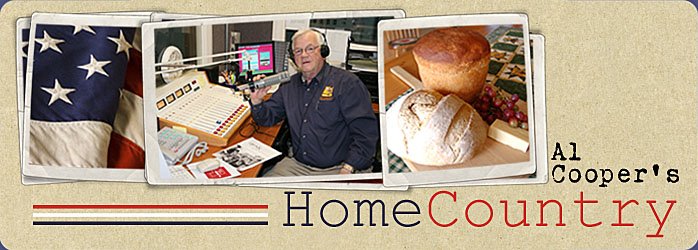For years, Congress had sought to mollify both sides of the controversy, first by allowing new states to make their own choice by “mutual consent” (resulting in the “Kansas Wars”), and then by parceling out “free soil” and “slave state” status in alternate doses. Now, with the Fugitive Slave act the law of the land, northern abolitionists found themselves actually required to support and enforce the very doctrine they hated.
The state of Vermont had outlawed slavery when it became a sovereign republic in 1777, and it was quick now to act to nullify the new act written in Washington. Wisconsin followed suit, setting off a nullification scare which shook Congress and the courts, beginning a slide toward some kind of a dissolution of the paper-thin union in the eyes of a growing proportion of the citizenry.
For years, northerners of several persuasions had been openly aiding escaping black slaves, either harboring them or transporting them to friendlier locations. Rather than to discourage this activity, Congress unwittingly gave it a new impetus, ushering in a phenomenon known as “the underground railway”, an unorganized but well-oiled network of co-conspirators who secretly acted as a lifeline for fleeing slaves from the southern states. From New York and New England in the east to Ohio, Indiana and Michigan in the west, a map of escape routes, beginning in border states like Delaware, Maryland, Kentucky and Missouri, would have looked much like a railroad system map, even though railroads seldom played a role in the movement of this covert traffic flow.
It is popular among some present-day writers to downplay the effectiveness – and even the significance - of this piece of history, just as it is in vogue to echo the claims of the 19th century “lost cause” writers on the subject of slavery itself. In part because I grew up in Vermont where diarists and family historians had kept faithful records, and where I knew of old homes in many towns and villages which still contained the “hidey holes” in which escaping slaves had taken refuge (even within the memories of some octogenarians of my time), I hold a very different view. I believe the records which claim that more than 100,000 fugitive slaves made their way through this clandestine network, in which the state of my youth played a key role because of its border with Canada, and because of the high level of motivation of its populace. NOTE: On October 19th, 1864, the border town of St. Albans , Vermont was attacked by a troop of Confederate soldiers who had made their way to Montreal in order to wreak punishment on the people of Vermont in this northern-most action of the Civil War.
Many of the facilitators – including Harriet Tubman, who made at least 19 dangerous journeys into the heart of the south to guide escapees ¬– were free blacks who placed themselves at great risk. Members of the Quaker religion were also committed to the covert effort, and perhaps chief among those was an ancestor of mine named Levi Coffin, descended from the same settler of Nantucket who was my eighth great grandfather. Levi is credited with personally saving more than 3000 individual runaways. William Still, a prominent Pennsylvanian often sheltered as many as 30 “contrabands” a night in his Philadelphia home, acting as one of many “conductors” along the route of the “Underground Railway”.
Sympathy for the abolition movement was not exclusive to the people of the North. Only one out of ten southerners owned or traded black slaves in 1860, and it is likely that the “escape routes” began with secret help along the so-called border states. As we shall see in a forthcoming article, sentiment in favor of secession was anything but unanimous in the general population of such soon-to-be Confederate states as Virginia, North Carolina, Alabama and Georgia. In fact, the present state of West Virginia was “born” when the citizens west of the mountains voted their way OUT.

An April 24, 1851 poster warns colored people in Boston to protect themselves from “slave catchers”. Because a sizable reward was paid for the return of escaped slaves, it was not unusual for free men of color who had never been slaves to find themselves in chains and heading south.

The Levi Coffin house in Newport, Indiana is today a National Historic Landmark. This photo shows the secret indoor well which was required to sustain temporary “guests” riding the “Underground Railroad” heading north to freedom.



























